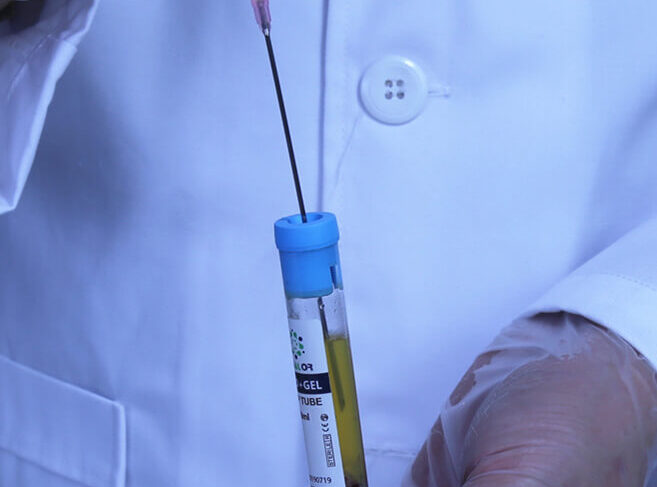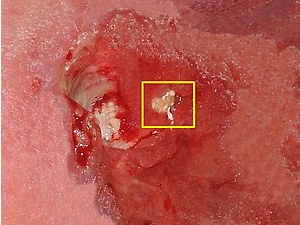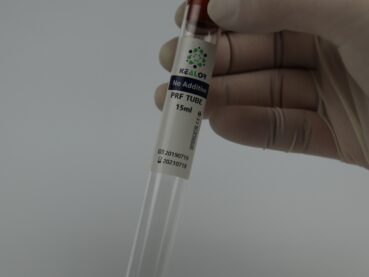PRP treatment for skin acne
Acne is a major problem for teenagers. Acne inflammation causes destruction of skin elastic fibres and collagen, which can cause permanent scarring, and there is no particularly good and effective means of treating inflammatory acne. Since PRP releases a variety of growth factors, cytokines and antibacterial proteins that reduce inflammation, relieve pain and accelerate wound healing, it may help treat inflammatory acne, especially mild to moderate acne, by promoting the proliferation of skin fibroblasts and keratinised cells and accelerating the synthesis of hyaluronic acid, collagen and elastic fibres, thus stimulating collagen regeneration and remodelling in the skin.
Possible mechanisms by which platelets exert their antimicrobial effects include: internalization of microorganisms by phagocytes facilitated by certain receptors expressed on the platelet surface; chemotaxis of inflammatory cells by chemokines released after platelet lysis; modulation of immune cells by chemokines; and direct antimicrobial effects by certain antimicrobial peptides released after platelet lysis. Platelets can produce certain antibacterial oxidative metabolites, including peroxides, hydrogen peroxide and hydrocarbon radicals, which can interact directly with microorganisms in vitro and adhere to internalised bacterial and fungal pathogens, thereby enhancing the ability of inflammatory cells to clear microorganisms.
In addition, platelets can also kill microbial pathogens by engaging in antibody-dependent cell-mediated cytotoxicity. Platelet lysis releases a range of potent antimicrobial peptides, including PF-4, RANTES, CTAP-3, PBP, thymidine beta-4, FP-B and FP-A. These human platelet antimicrobial peptides have direct antimicrobial properties that are beneficial in combating acne inflammation. In addition, PRP contains a large number of leukocytes, of which neutrophils, monocytes and lymphocytes play an important role in the host defence of the organism. The role of leucocytes in PRP is controversial and is still under further investigation. l-PRP contains higher concentrations of leucocytes, monocytes and polymorphonuclear granulocytes than P-PRP, which anchor the local inflammatory response; an appropriate inflammatory response facilitates the tissue repair process, and appropriate concentrations of neutrophils also have a role in infection control.
PRP also usually contains a small amount of red blood cells, whose main function is to carry oxygen and facilitate tissue repair. However, there are individual studies that suggest that leukocytes release MMP and release oxygen radicals, multiple ILs, which increase the local inflammatory response and are detrimental to acne treatment.








